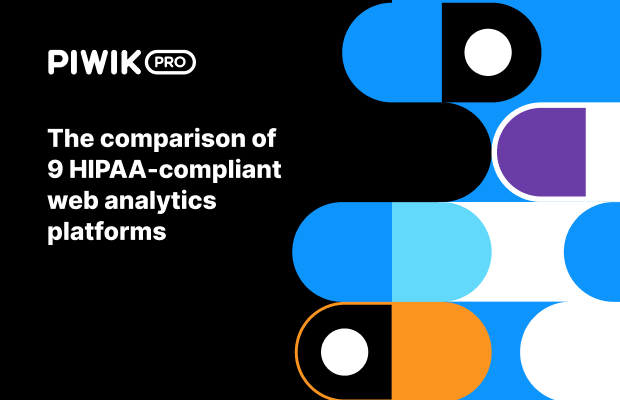Attribution modeling is a framework for analyzing which touchpoints or marketing channels should receive credit for a conversion.
Attribution modeling allows marketers to hone in on the customer journey and understand which parts of it are most effective in driving conversions and how to allocate marketing resources appropriately. It also offers insight into how different marketing channels and touchpoints are working together to convert the target audience.
Common attribution models include:
- Multi-touch attribution modeling takes into account each touchpoint and channel within the buyer’s journey from start to finish. It will determine which channels were the most beneficial and effective in influencing a customer’s decision to convert.
- Cross-channel attribution modeling is a form of multi-touch modeling that looks both at touchpoints within each channel and how channels work together.
- Linear attribution modeling is a type of multi-touch attribution that gives equal credit to all channels and touchpoints that a customer interacted with throughout the buyer’s journey.
- First-touch attribution modeling gives all the credit for the conversion to the first channel or touchpoint that the customer interacted with.
- Last-touch attribution modeling gives all the credit to the last touchpoint the customer interacted with before converting.
- Time-decay attribution modeling gives credit to all the touchpoints that contributed to a conversion, but the touchpoints that happened closest to the time of conversion are weighted most heavily.
- Position-based (U-shaped) attribution modeling divides credit for a sale between the two most critical interactions: how a client discovered the brand and the interaction that generated a conversion.
There are also more advanced attribution models. For example, GA4’s data-driven attribution model uses machine learning algorithms. Credit is assigned based on how each touchpoint changes the estimated conversion probability. It uses each advertiser’s data to calculate the actual contribution an interaction had for every conversion event.
Further reading:









